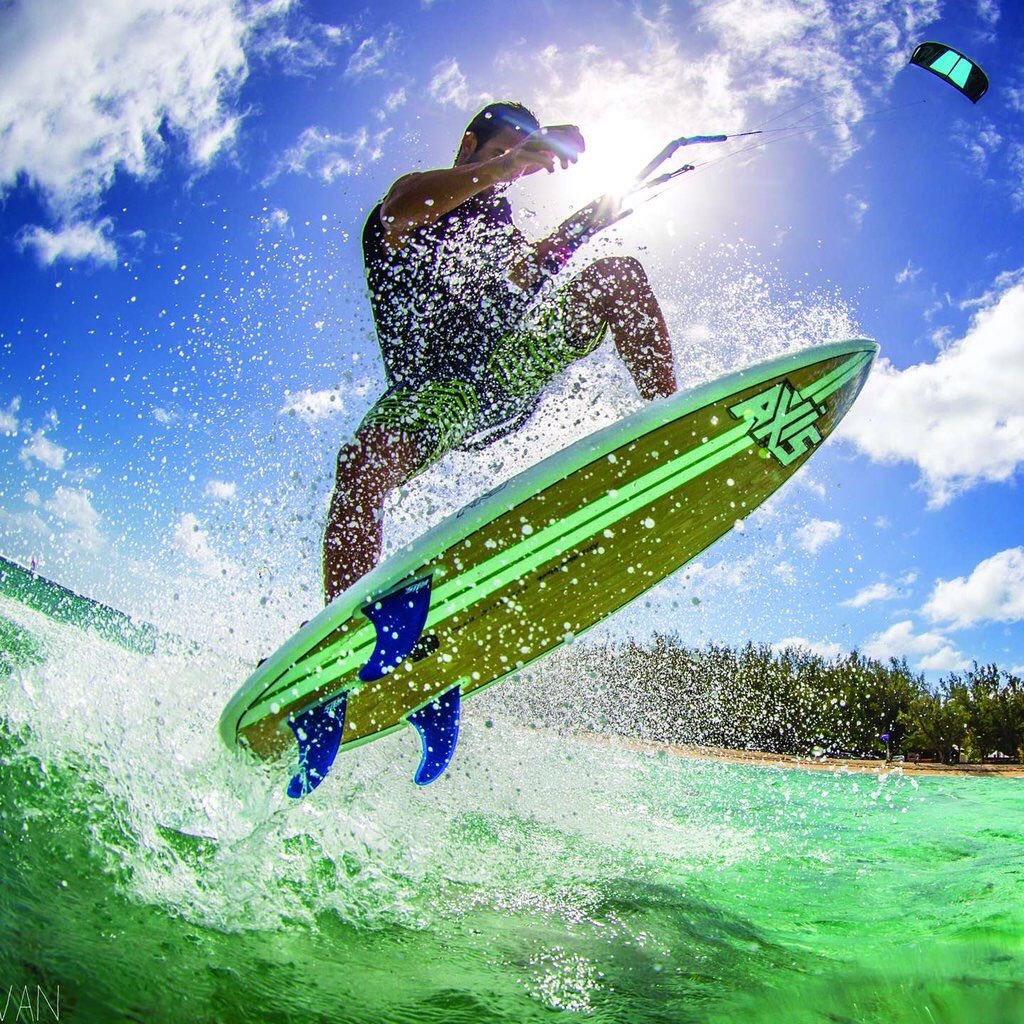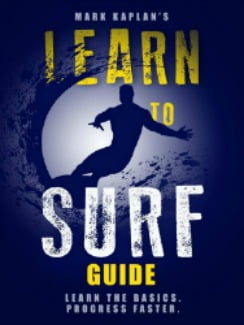Mastering the surfing short board is a practice that takes surfers from after the time they are beginners until they are through surfing. There is so much to learn, it can be a lifetime event as long as one maintains their physical condition.

Techniques Comes First
Surfing is a very exacting sport. The short board days should begin after a new surfer has mastered the soft top techniques of catching foam waves, executing a pop up and riding all the way to the beach. This would indicate the surfer is riding balanced on the board.
Surfers move from soft tops to short boards just 6″ at a time while maintaining the width and thickness of the bigger boards. The short board size begins at 6’10”. By the time a surfer reaches this length they should be good at three practices.
The surfer should be able to catch real waves. The surfer should be able to execute bottom turns and carve right or left. The surfer should have a cut back maneuver. The surfer should be strong enough at this point to surf for an hour.
Progressing to New Techniques
A key to short board surfing is accelerating. The surfer moves their front foot to push the nose of the short surf board up and down the wave. After at least three pushes, the surfer is ready for his first maneuver.
The first maneuver every surfer wants is ripping the lip. After accelerating, the surfer does a bottom turn up the face of the wave. As he nears the top, he does the cut back maneuver where he reverses his posture to face back down the wave. The feet torque the board to reverse direction from up to down and the tail brushes the top or spray the peak of the wave.
A second goal of most surfers is to ride bigger waves. The advanced surfer knows to let the wave come under his board. When the board begins to tilt down, the surfer paddles hard three times and pops up. A trick many use on close out waves is to catch the wave and then point it toward the pocket before popping up.
Tricks for the Surfing Short Board
Tricks often begin with aerials, 360’s, and reverses at the top of the wave. Each of these require observing and watching videos of how tricks are done. Attempting tricks gives surfers better insight on what they have to do next to perfect them.
The surfing short board master spends time learning to catch waves better, ride bigger waves, and building his portfolio of tricks. It is an engaging and challenging practice.
For Oceanside Surf Lessons, see the Home Page
For Oceanside Surf Lessons, see the Home Page
See the Post Search Lessons Teach Fundamentals
See the Post Catching Real Surf Waves
See my Dry Land and in Water Demo video
See my other Surf site for more Posts
My New Surfing Course in an E-Book or Paperback plus Demo Video
Get the 18 Chapter, 7,500 word Course that can prepare you for a lesson or give you the fundamentals if you are going to try it on your own. 10 years of teaching 350 students a year has given me the insights on the most precise measures you must follow for success. This course is what I teach on the dry land and in water instruction. The Course includes a 15 minute video on my dry land and in water demonstration. Only $4.95
Buy the E-Book and start learning $4.95. Learn to Surf
Buy the Paperback on Amazon $7.95

I have books on Creating Your Own Happiness on a site called Happiness and Work Life Balance
![Surf Instructions Beginner to Advanced: Learn to Ride Waves by [Kaplan, Mark]](https://images-na.ssl-images-amazon.com/images/I/51HswFtoBQL.jpg)
Buy my E-book on Amazon Kindle for $8.62. 80 pages of beginner to advanced instructions to help you before the first lesson to learning expert techniques and tricks.